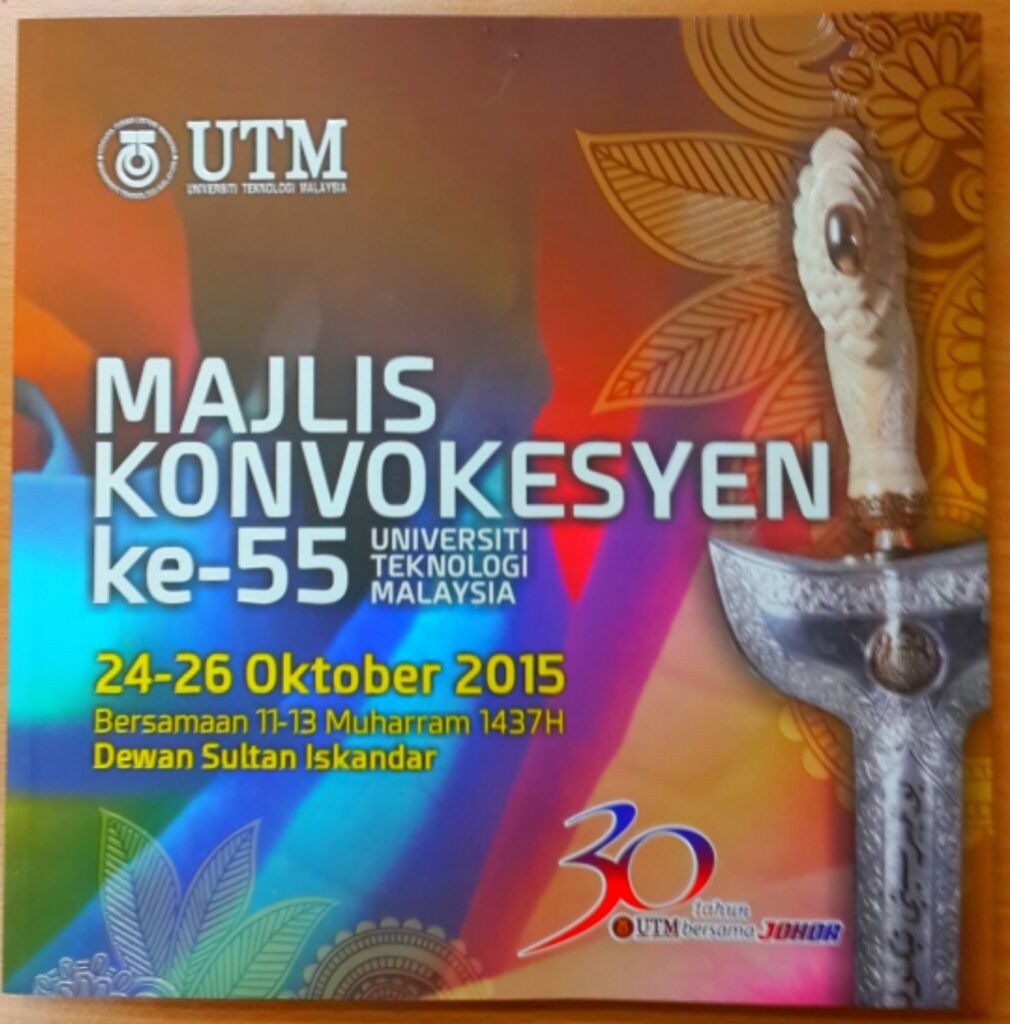2.2 TB or larger capacity storage
The storage capacity of HDDs continues to increase every year. In 2012, Toshiba started shipments of large capacity HDDs of 3 TB or higher.
Although the adoption of large capacity HDDs can increase the usability of a system, users need to be aware that when HDDs with a capacity of 2.2 TB or larger are installed, some systems do not recognize the full capacity size of the drive if there is a system mismatch. If this occurs, please contact the system builder, the operating system (OS) maker, in which HDD is installed.
An example of this phenomenon is explained below for your reference. Such a phenomenon originated in the address table expression method of the system. In PCs after the 1980s, the logic block address (LBA) has been expressed by 32-bit length. Since one sector indicated by an LBA has a storage capacity of 512 B (byte), the total storage capacity which can be treated by LBA of 32-bit length is calculated as follows.
512 B x 2^32 = 512 B x 4,294,967,296 ≅ 2.2 TB (terabyte = 1,000,000,000,000 bytes)
Additionally the information on a startup drive is described in the head sector (MBR: master boot record) of each partition. In order to express the position of a head sector and the number of sectors of a partition by 32 bits in the conventional MBR system, the storage capacity, that is used as a start-up drive is also set to about 2.2 TB.
The above phenomena in which a PC system cannot handle 2.2 TB or more capacity of an HDD are no different by the HDD manufacturing company or the manufacturing date. The situation is the same for an SSD that is used like an HDD by a system.
To solve this problem, the following information is required. In order to use it as a data drive, the OS needs an adoption so it can use the Long LBA system which expresses a logic block address by 64 bits, and a GUID partition table (GPT) is required. Furthermore, in order to use it as a startup drive, a unified extensible firmware interface (UEFI) and the HDD driver which can use 2.2 TB or larger capacity are required.
Since these are mainly dependent on the OS version, for details, please ask for the above information from the system maker or the operating system (OS) maker, where the HDD is installed.
USB 3.0 vs Flash SSD Data Storage in an Apple Mac Pro Disk Speed Test
Congratulation! BSc (Geoinformatics) 2015
Q: How can I create a DEM from contour lines?
Answer
Depending on what you want to use the resulting raster for, there are a few alternatives. It is possible to generate a DEM from a contour line shapefile, though some methods will tend to have “stair-step” artifacts and lower spatial resolution than the original data. Adding data from other sources and pre-processing your contours can reduce these problems.
- You can use the contour lines as input to build a TIN, and then export the TIN to raster.
See these ESRI Webhelp pages:
http://resources.arcgis.com/en/help/main/10.2/index.html#/What_is_a_TIN_surface/006000000001000000/
http://resources.arcgis.com/en/help/main/10.2/index.html#/Creating_TIN_surfaces_from_vector_data/006000000002000000/
http://resources.arcgis.com/en/help/main/10.2/index.html#/Fundamentals_of_editing_TIN_surfaces/006000000004000000/ - If you have the 3D Analyst extension use the “Topo” tool. It is designed to create hydraulically correct surfaces, but requires additional input data; see this ESRI webhelp link:
http://resources.arcgis.com/en/help/main/10.2/index.html#/Topo_to_Raster/00q90000000s000000/
The additional data, such as streams, local high points (hilltops), lakes, and sinks, will help you create better results both in Topo and in generating a TIN. - If you only need a rough approximation of the terrain you can convert the contour lines to points (e.g. their vertices become points with the height attribute) and then subsample the points and interpolate a surface with a Spatial Analyst or 3D Analyst interpolation tool, such as IDW:
http://resources.arcgis.com/en/help/main/10.2/index.html#/IDW/00q90000001s000000/
Created by MIT GIS Services. Email gishelp(at)mit.edu for more assistance.
Take note!
Take note!
Take note!
Take note!
Healthy sugar
Prepositions
Prepositions
Work Smart!
Take an action!
Oh No!
3D printed?
Oh! Baru ku tahu
Take a note!
UTM Dress Code
1. Students MUST PUT ON their MATRIC CARD at all times while in campus/premises. The Matric Card MUST BE WORN and DISPLAYED at chest level. Please take note that student will not be attended in ISC if they failed to put on their matric card.
2. Students are expected TO BE CLEAN, WELL GROOMED and DRESSED in a manner appropriate to the Malaysian custom or norms.
3. Students must MAINTAIN A PROFESSIONAL APPEARANCE by wearing collared shirts/t-shirts,shoes, slacks or long skirts whileattending classes and/or on official visitsto Faculties/Administration building.

























